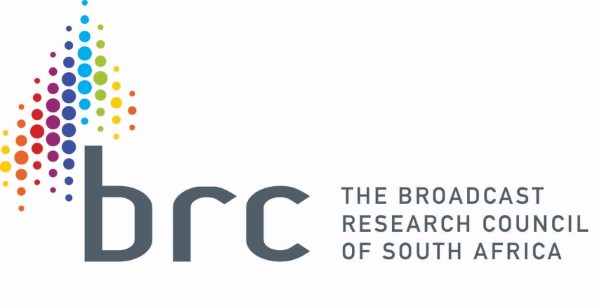The Broadcast Research Council of South Africa (BRC) has confirmed that the RAMS (Radio Audience Measurement) AMPLIFY™ Reach & Frequency data has been released to the media and advertising industry with immediate effect.
 The BRC’s CEO, Gary Whitaker says, “We are pleased and excited to announce that the new innovative Reach and Frequency radio data model, based on P7D (Past Seven Days) listenership for the South African market, is now available from the software bureaux Telmar and Nielsen.”
The BRC’s CEO, Gary Whitaker says, “We are pleased and excited to announce that the new innovative Reach and Frequency radio data model, based on P7D (Past Seven Days) listenership for the South African market, is now available from the software bureaux Telmar and Nielsen.”
The new RAMS AMPLIFY™ Reach & Frequency data has been modelled by Ian Garland of Milton Data who has pioneered ground-breaking work for the likes of Oztam, Commercial Radio Australia, Fox Sports, BBC, NBC Universal and IAB Australia.
The new data model relies on a 24-month version of the BRC’s/Ipsos’ day after recall survey. This dataset includes over 70 000 respondents. The data includes information about people’s listening habits claimed for yesterday and the last seven days and the standard categorisation details for these respondents such as province, age, gender, population group, metro/urban/rural status, and socio-economic measures. Each respondent is weighted and adjusted to match the entire South African population aged 15 and above.
The creation of the Radio R&F model is similar to regular data fusion methods. The main goal is to find donors who match a recipient. These donors’ listening habits represent the combined listening behaviour of an individual across all seven days of the week, radio station, time of day and day of week.
Evaluation of the model focused on comparing the Radio R&F data with the original ‘Day After Recall Data’. This involved specific tests at the station level to ensure similarity between the source data and the modelled data in terms of:
-
The number of people reached weekly, and the average hours listened per person by station.
-
How often people listen to each station (e.g., the proportion listening 1-4 days or 5-7 days a week).
-
Detailed listening frequency (from 1 to 7 days a week) for each station.
-
The demographic makeup of station audiences, considering factors such as:
- Age and gender
- Province
- Population group
- Urban, suburban, or rural location (within the province)
- Socio-economic model
5. Comparing schedules (Radio R&F vs historic data) in terms of:
- Reach in thousands and as a percentage of the population.
- Number of impacts (advertisements heard by the audience in thousands).
- Gross Rating Points (GRPs).
- Average frequency of listening per person.
The result
The Day After Recall and Radio R&F metrics closely match the essential demographics, and there’s a strong agreement on behavioural metrics, especially for total audience reach and characteristics.
“We understand the importance of this data to the industry and did not wish to delay the release of this data. We will be hosting a session, with Ian Garland, at a later date to present the intrinsic nature of the model,” concludes Whitaker. “We look forward to your immediate assessment of this dataset and any feedback you provide.”
For more information on the BRC visit https://brcsa.org.za/
Please follow the BRC on:
https://www.linkedin.com/company/broadcast-research-council-of-south-africa
https://www.facebook.com/Broadcast.Research.Council.of.South.Africa/


